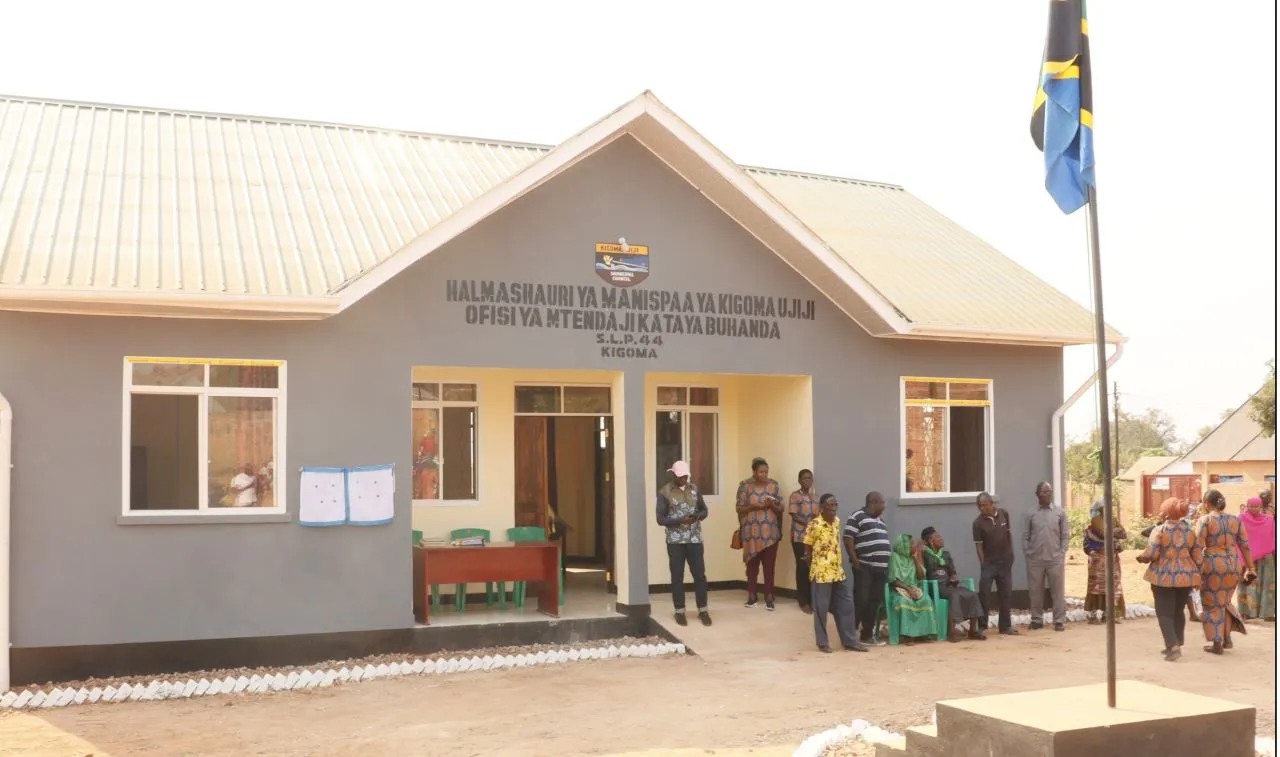Tanzania has experienced impressive growth in its local government revenue collections over the past decade, with a 769% increase from TZS 11.6 billion in 2010 to a peak of TZS 100.9 billion in 2024. This steady upward trend, especially evident between 2013-2016 when average annual growth reached 144.1%, reflects improvements in tax administration and enhanced collection mechanisms. Recent years (2021-2024) have shown consistent and more predictable revenue patterns, marking a significant achievement in the country’s fiscal decentralization efforts.
Initial Phase (2010-2012):
- Starting point: Revenue began at TZS 11.6 billion in 2010.
- Volatility: The collection patterns were inconsistent, marked by wide fluctuations in revenue from TZS 7.7 billion to TZS 20.0 billion.
- Average collection: TZS 13.1 billion, showing limited growth with high variability.
- Growth Characteristics: Early efforts were hindered by weak collection mechanisms and infrastructure, leading to a 5.3% annual growth rate.
Growth Phase (2013-2016):
- Significant increase in collections: Revenue soared to an average of TZS 51.9 billion in this period.
- Peak of TZS 86.0 billion reached in 2016, signaling marked improvement in local tax collection efficiency.
- Average annual growth rate: 144.1%, a clear indication of enhanced collection capacity, likely driven by better systems, infrastructure, and the expansion of the tax base.
- Volatility: Despite the growth, there were still some year-to-year fluctuations, but the overall trend was strongly positive.
Stabilization Phase (2017-2020):
- More predictable revenue: Revenue collections began to stabilize with average annual collections of TZS 78.6 billion.
- Less volatility: The range between annual collections shrank to TZS 59.3 billion - 86.1 billion.
- Average growth rate: This period saw a reduction in the growth rate to 3.3%, reflecting the shift from rapid expansion to more steady revenue generation.
- Collection efficiency: Improved mechanisms and stronger administrative systems contributed to the stable revenue pattern.
Recent Period (2021-2024):
- Consistent upward trajectory: The average revenue collected from 2021 to 2024 is TZS 84.0 billion.
- Peak in 2024: The highest collection reached TZS 100.9 billion, marking a new record.
- Growth rate: Although the rate of growth has slowed compared to earlier periods, the trend remains positive, with an average growth of 5.2%.
- Stability: This period marks the most stable phase, with predictable year-over-year increases and reduced volatility.
Key Statistics and Trends:
- Overall Growth: From TZS 11.6 billion in 2010 to TZS 100.9 billion in 2024, representing a 769% total growth.
- Average annual growth: Over the entire period, the annual growth rate averages 17.8%, indicating overall strong performance.
- Highest growth year: The most significant single-year increase was 457.6% in 2013, signaling the start of the growth phase.
- Most stable period: From 2021-2024, revenue collection was more predictable, showing stable performance.
Notable Points:
- Highest collection: In 2024, local government revenue peaked at TZS 100.9 billion.
- Most volatile period: The early phase from 2010-2013 had the highest volatility, with significant year-over-year fluctuations.
- Improved collection efficiency: Over time, Tanzania has made substantial strides in improving the systems for revenue collection, making them more consistent and reliable.
Growth Characteristics:
- Increased Average Collections: From TZS 13.1 billion in 2010 to TZS 84.0 billion in 2024.
- Volatility reduction: Over the years, collections became less volatile, with the most significant stability observed from 2017 to 2024.
- Sustained upward trend: Despite lower growth rates in recent years, the overall revenue collection continues to show positive momentum, indicating effective governance and tax administration.
Key Observations:
- Improved consistency: The collection patterns have moved from an early volatile stage to a more predictable and stable trajectory.
- Enhanced collection mechanisms: These improvements are reflected in the increased efficiency, greater capacity for handling collections, and more robust prediction of revenue.
Tanzania's local government revenue collection has seen a substantial evolution from its early volatile phase to a period of rapid growth, and more recently to stable, consistent increases. This reflects a broader trend of improved collection mechanisms, better administration, and stronger local governance, all of which have helped increase revenue capacity at the local level.
The analysis of Tanzania's Local Government Revenue Collection trends (2010-2024) with key insights about the progress and challenges in local revenue generation:
- Progressive Growth: Over the 14-year period, local government revenue has grown significantly, from TZS 11.6 billion in 2010 to TZS 100.9 billion in 2024, representing a 769% total increase. This shows that Tanzania has made notable strides in expanding its local revenue base.
- Volatility and Stabilization: Initially, revenue collections were highly volatile, fluctuating between TZS 7.7 billion and TZS 20.0 billion (2010-2012). However, as the years progressed, collections became more consistent, with the most stable period occurring between 2021-2024, suggesting improvements in administrative processes and tax collection mechanisms.
- Strong Growth Phase (2013-2016): During this phase, there was a remarkable surge in collections, with a peak of TZS 86 billion in 2016 and an average annual growth rate of 144.1%. This indicates significant efforts to enhance tax collection systems and improve local governance.
- Efficiency and Predictability: Over time, collection systems improved, and by the 2021-2024 period, the revenue pattern became more predictable, with an average annual growth of 5.2% and the highest collection reaching TZS 100.9 billion in 2024. This shows that the local government is now better at predicting and stabilizing revenue flows.
- Improved Collection Mechanisms: The trend also indicates that the local government has built more efficient systems to handle revenue collection. As a result, revenue predictions have become more reliable, and there is better performance in terms of year-over-year growth.
Conclusion:
Tanzania's local government revenue collection has evolved from an unstable and inconsistent system to a more reliable and progressively growing one. The significant increase in revenue from 2010 to 2024 reflects successful efforts to strengthen tax administration, expand the tax base, and improve efficiency, contributing to more predictable and stable local government finances.
